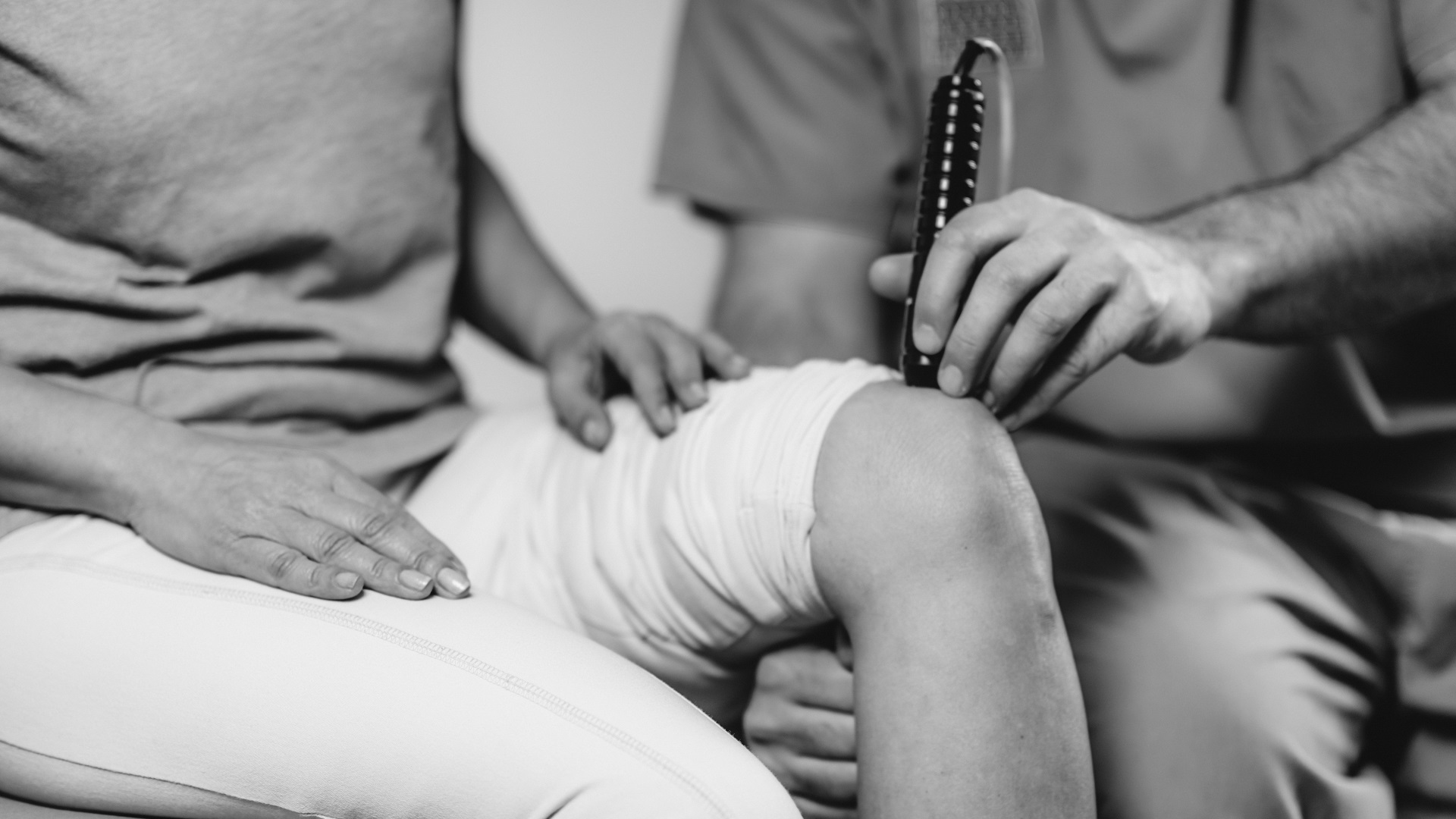After a car accident, physical therapy helps restore movement, reduces pain, and facilitates overall healing. Many patients have concerns about the cost of therapy and insurance coverage. By addressing these issues early, physical therapy can become an effective, accessible option for recuperation, ensuring that financial hurdles do not obstruct needed care.
Understanding Physical Therapy After a Car Accident
Due to its effectiveness in addressing the musculoskeletal and neurological damage that car accidents may cause, physical therapy is a critical component of recovery after a car accident This form of therapy alleviates pain, improves mobility, and restores function by progressively rehabilitating injured tissues and joints.
Common Injuries Requiring Physical Therapy:
- Whiplash: Typically associated with rear-end collisions, this affects the neck muscles and is treated through exercises that restore range of motion and alleviate pain.
- Fractures: Recovery from broken bones may involve specific therapeutic exercises to regain strength and mobility once the bones heal.
- Soft Tissue Injuries: Injuries such as sprains, strains, and contusions often benefit from physical therapy, which helps reduce swelling, promote healing, and prevent stiffness.
- Spinal Cord Injuries: Therapy for these injuries focuses on strengthening support muscles, enhancing spinal stability, and increasing flexibility.
Extent of Physical Therapy Needed:
The duration and frequency of physical therapy after a car accident depends on injury severity, affected areas, and individual health. Treatment may last from a few weeks to several months. Sessions are initially frequent and reduce over time as the patient improves. Therapists continuously adjust plans based on recovery assessments, ensuring effective rehabilitation.
Overall, the goal of physical therapy post-accident is to facilitate a full return to pre-accident functional levels through structured, personalized rehabilitation programs.
Who Pays For Physical Therapy After A Car Accident?
Determining how much physical therapy after a car accident is covered and who pays for is based on multiple insurance options. Personal Injury Protection (PIP) coverage, available in no-fault states, typically covers these expenses regardless of who is at fault, up to a certain limit. If PIP is exhausted, or in non-no-fault states, either health insurance or the at-fault party’s insurance may take over, depending on who was responsible for the accident and the specifics of the insurance policies. Patients might face out-of-pocket expenses like deductibles or co-pays, or if therapy costs exceed insurance limits. In cases where claims are disputed or payment is delayed by insurers, patients may need to cover initial costs and seek reimbursement later. Consulting with a legal professional can be beneficial when navigating complex situations involving insurance claims and coverage disputes.
How to Determine Coverage and Costs
To determine how much coverage your insurance provides for physical therapy after a car accident, review your insurance policies (auto and health) to understand coverage limits and exclusions. Directly contact your insurer to confirm details about deductibles, co-pays, and pre-authorization. If another party is at fault, explore their liability coverage because it might cover significant expenses.
Costs and Factors Influencing Physical Therapy:
Physical therapy typically costs between $50 to $350 per session. Costs vary based on treatment complexity, session frequency, geographical location, and therapist qualifications. Longer, more specialized treatments in high-cost living areas conducted by experienced therapists are generally more expensive. Understanding these costs can help manage finances and facilitate smoother insurance claims.
Navigating Insurance Claims
To file an insurance claim for physical therapy after a car accident, gather pertinent documents including medical records, physician referrals, and therapy session details. Submit these to your insurance provider, whether it’s your PIP, health, or the at-fault party’s insurer. Communicate clearly with insurance representatives, ensuring they have all the necessary information to process your claim. Keep detailed records of all interactions and submitted paperwork and dispute resolution if needed.
How Long Should I Go to Physical Therapy After a Car Accident?
The duration of physical therapy after a car accident depends on the severity of injuries, with more serious conditions requiring longer treatment. Recovery progress and personalized rehabilitation goals also dictate the length of therapy needed. It is crucial to adhere to the recommendations of healthcare professionals who evaluate progress and adjust therapy plans accordingly. Following these guidelines ensures that treatment is effective and aligned with individual recovery needs.
Seeking Compensation Through Legal Avenues
When involved in a car accident resulting in physical injuries that may need physical therapy, consulting with a personal injury attorney can be important. The decision to seek legal advice should be considered if there are significant medical expenses, the fault for the accident is contested, or the insurance settlement offered does not cover all medical and associated costs.
A personal injury attorney specializes in advocating for clients who have been injured due to the negligence of others. Their expertise is particularly valuable when injuries have long-term effects on your health and financial stability. An attorney can navigate the complex claims process, negotiate with insurance companies, and ensure that all potential forms of compensation are explored and maximized.
Legal representation can help in these ways:
- Assessing Claims: An attorney can provide a comprehensive assessment of the claim, taking into account not just current medical expenses, including physical therapy, but also potential future medical costs, lost wages, and pain and suffering.
- Gathering Evidence: They will gather necessary evidence to support your claim, such as medical records, therapy session notes, and expert testimonies regarding your treatment needs.
- Negotiation: Lawyers are skilled in negotiation to secure fair settlements from insurance companies resistant to paying full claims including who pays for physio after a car accident.
- Litigation: If a satisfactory settlement cannot be reached, an attorney can file a lawsuit on your behalf and represent you in court to fight for the compensation you deserve.
Engaging an attorney early in the process can provide you with support, ensuring you receive adequate compensation to cover all medical expenses and related costs due to your car accident.
Portland Wellness Care: Physical Therapy After Car Accidents
Understanding your insurance coverage is essential when seeking physical therapy after a car accident. Knowing whether your treatment costs will be covered by personal injury protection, your health insurance, or the at-fault party’s insurance can alleviate financial stress and allow you to focus on recovery. Prioritize your health and seek prompt medical attention to prevent long-term damage and ensure recovery.
If you’ve been in an accident, don’t delay in addressing your rehabilitation needs. Contact us at Portland Wellness Care today to schedule a walk-in or same-day appointment. Our team will work with you to develop a personalized physical therapy plan to facilitate your recovery and restore your quality of life. Start your journey to recovery with Portland Wellness Care.






